Though Liquidmetal has yet to make a headline appearance in an Apple product, the company continues to explore new manufacturing methods for the amorphous alloy, most recently filing a divisional patent application for a new counter-gravity casting process.
Entitled "Counter-gravity casting of hollow shapes," the application — filed in March of this year — is a division of previously-issued patent 8,701,742 of the same name. A divisional patent is one that refines or "carves out" a new invention from a previous filing.
Counter-gravity casting is a manufacturing method that draws molten material into a mold using a vacuum, rather than being poured in. The method has a number of advantages over traditional poured casting, including increased yields and a simplified molding system.
According to Apple's filing, one of the most difficult parts of manufacturing Liquidmetal components is controlling the cooling rate to avoid crystallization of the material. Using counter-gravity casting, the company says, allows for more precise control of temperature as well as charge amount, viscosity, injection rate, and injection pressure.
Apple has also contemplated ways of spinning the mold during the manufacturing process to control the shell thickness of hollow parts, as well as a "fountain" approach to evenly distribute the material. The parts formed by these methods could have "various hollow shapes, enclosures, tubes, preforms, and other similar items."
As with most of Apple's Liquidmetal-related patents, the application is assigned to both Apple and Crucible Intellectual Property, Liquidmetal's specially-created subsidiary that handles Apple's license. The companies credit Theordore A. Waniuk, Joseph Stevick, Sean O'Keeffe, Dermot Stratton, Joseph Pools, Matthew Scott, and Christopher Prest with the invention of U.S. Patent Application No. 14/198,993.
 Sam Oliver
Sam Oliver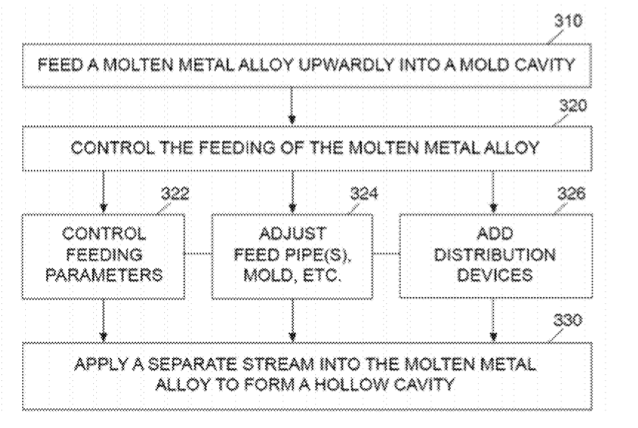


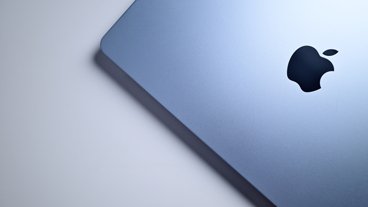





 William Gallagher
William Gallagher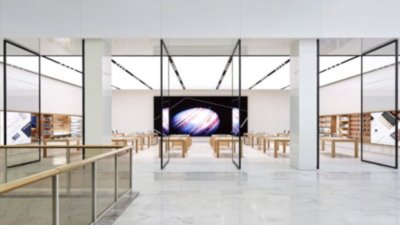
 Stephen Silver
Stephen Silver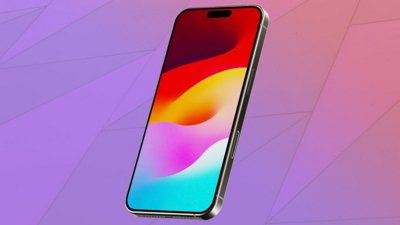
 Charles Martin
Charles Martin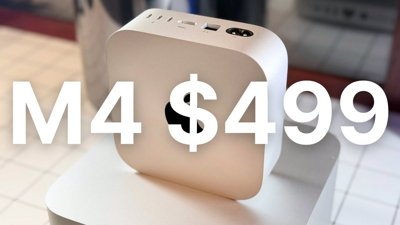
 Christine McKee
Christine McKee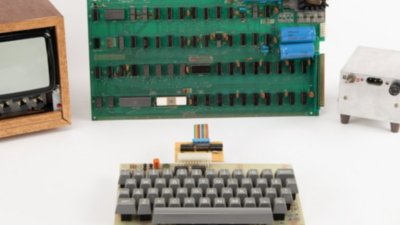
 Amber Neely
Amber Neely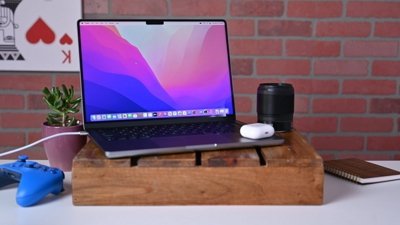
 Malcolm Owen
Malcolm Owen

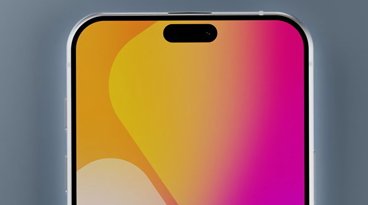




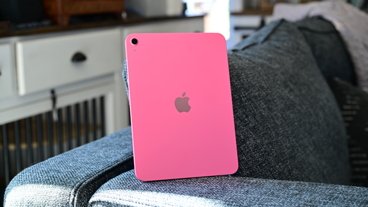
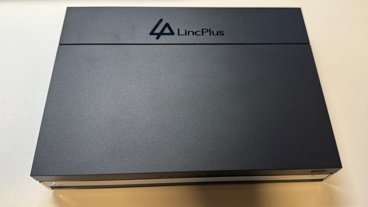

31 Comments
so many LM articles... which begs the question -- as a consumer, why do i care about alloys? why do i care if its Liquid Metal or Schmiquid Metal? i dont. i just want awesome products that deliver value to me for their job to be done. if that means they use LM, great. if that means they dont, also great.
personally, i think the media attention around LM on the rumor sites is mostly because of the name.
Folks should remember that Liquidmetal's parent company are locked on success whether or not Apple uses the material. They're prototyping for 15-20 companies right now, and several of those are highly engaged, expecting to use the material in large scale production by 2016. That said, clearly "smaller and thinner" will reach a limit for Apple for aluminum. Eventually they will need a more rigid material, and ideally one that doesn't require extensive machining. Lqmt does all of this, plus it works with existing injection-molding machines, plus it possible to merge lqmt and sapphire to create a waterproof seal. Induction charging should be all that's necessary to create a device that is waterproof, scratch proof, break proof, light, strong, and beautiful.
[quote name="Shogun" url="/t/181117/apple-continues-exploring-liquidmetal-manufacturing-methods#post_2559170"]Folks should remember that Liquidmetal's parent company are locked on success whether or not Apple uses the material. They're prototyping for 15-20 companies right now, and several of those are highly engaged, expecting to use the material in large scale production by 2016. That said, clearly "smaller and thinner" will reach a limit for Apple for aluminum. Eventually they will need a more rigid material, and ideally one that doesn't require extensive machining. Lqmt does all of this, plus it works with existing injection-molding machines, plus it possible to merge lqmt and sapphire to create a waterproof seal. Induction charging should be all that's necessary to create a device that is waterproof, scratch proof, break proof, light, strong, and beautiful.[/quote] Agreed wireless charging is a necessity for a properly waterproof device. The physical buttons you can even do away with depending on what other input methods you create. The fingerprint sensor on the iphone needs to be made waterproof also and likely a non-depressable surface. Scratchproof and waterproof would be nice attributes to have.
You should care, honestly.
Liquidmetal is half the weight of aluminum and twice the strength of titanium. It's virtually scuff-proof and unlike aluminum which must be machined, liquidmetal can be cast into complex shapes with much greater ease. Apple has patented ways of directly joining hot liquidmetal with sapphire without the need for a gasket, raising the possibility of directly joining the screen to the frame, eliminating the need for side bezels.
If they can master the tricky manufacturing involved, apple could make an edge-to-edge phone which is lighter, thinner, stronger and gets better reception. That's worth getting excited about.
so many LM articles... which begs the question -- as a consumer, why do i care about alloys? why do i care if its Liquid Metal or Schmiquid Metal? i dont. i just want awesome products that deliver value to me for their job to be done. if that means they use LM, great. if that means they dont, also great.
If you don't care... why'd you bother reading the article? Some of us are actually interested in this stuff and enjoy reading about it, particularly since it demonstrates that Apple is still interested in the material and that we may still see a product made from it.